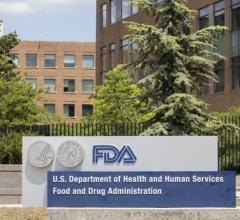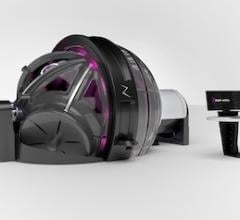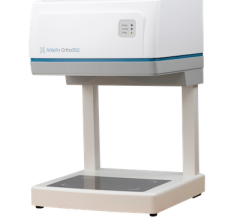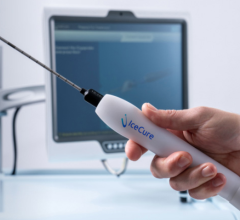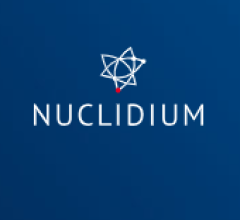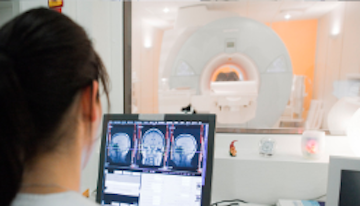
June 17, 2025 — Bayer has announced the submission of a New Drug Application (NDA) to the US Food and Drug Administration (FDA) for its investigational contrast agent gadoquatrane for contrast-enhanced magnetic resonance imaging of the CNS and other body regions in adults and pediatric patients including term neonates. The submitted dose is 0.04 mmol gadolinium per kilogram body weight. If approved, gadoquatrane would become the lowest dose macrocyclic GBCA available in the U.S., corresponding to a 60 percent reduction compared to macrocyclic GBCAs dosed at 0.1 mmol Gd/kg body weight.
Gadoquatrane is Bayer’s investigational extracellular macrocyclic contrast agent in clinical development for contrast enhancement in MRI. This low dose gadolinium-based contrast agent features a distinct tetrameric structure with high stability and high relaxivity.
The submission of gadoquatrane to the US FDA is based on positive data from the pivotal Phase III QUANTI studies evaluating the efficacy and safety of gadoquatrane in adult and pediatric patients globally. The first results from the Phase III QUANTI CNS study were presented at the European Congress of Radiology (ECR) in February of this year and further results are planned to be presented at upcoming scientific meetings.
Nearly 40 million MRI scans are performed each year in the United States. “There is a rising need for medical imaging, among others driven by the increasing incidence of chronic diseases such as cancer and cardiovascular diseases,” said Dr. Konstanze Diefenbach, Head of Radiology Research & Development, Bayer. “As a leader in radiology, we are committed to advancing innovation in this field, including options to reduce the gadolinium dose. Patients can benefit from a dose reduction, especially patients with chronic conditions who require multiple contrast-enhanced MRI examinations during their lifetime. This is in line with guidance from health authorities and guidelines from scientific bodies which recommend using the lowest dose required to obtain the needed clinical information.”
Bayer recently announced the submission of gadoquatrane to the Ministry of Health, Labour, and Welfare (MHLW) in Japan, marking the first application for marketing authorization for the investigational contrast agent. Further regulatory applications to health authorities worldwide are planned for the coming months.
Phase III Development Program
The pivotal QUANTI clinical development program investigated gadoquatrane at a dose of 0.04 mmol Gd/kg body weight, which represents a 60 percent lower gadolinium dose compared to macrocyclic contrast agents dosed at 0.1 mmol Gd/kg body weight. QUANTI consisted of two large multinational, randomized, prospective double-blind, crossover Phase III studies – QUANTI CNS (Central Nervous System) and QUANTI OBR (Other Body Regions) – as well as the QUANTI Pediatric study. In total, 808 patients in 15 countries participated in the program. The QUANTI study results show that gadoquatrane met the primary and secondary efficacy endpoints of the studies assessing visualization parameters and lesion detection.
Results of QUANTI Pediatric demonstrated that the pharmacokinetic behavior of gadoquatrane in children is similar to that in adults. The observed safety profile in adults as well as pediatric patients from birth to < 18 years of age in the QUANTI studies was generally consistent with previous data on gadoquatrane and other macrocyclic GBCAs. No new safety signals were observed.

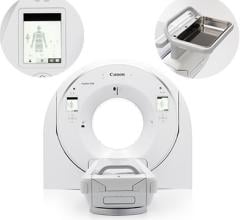
 December 04, 2025
December 04, 2025 

